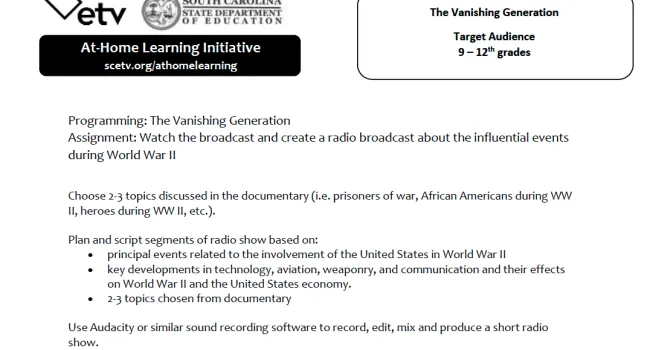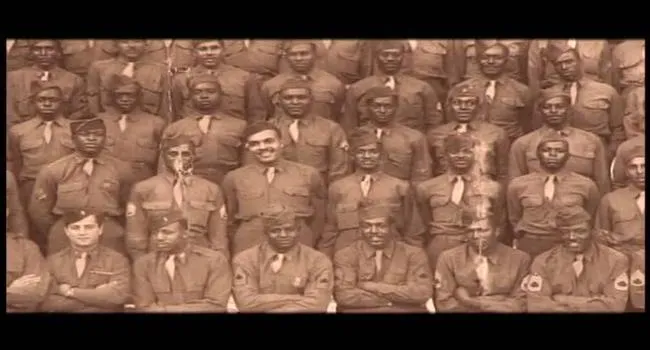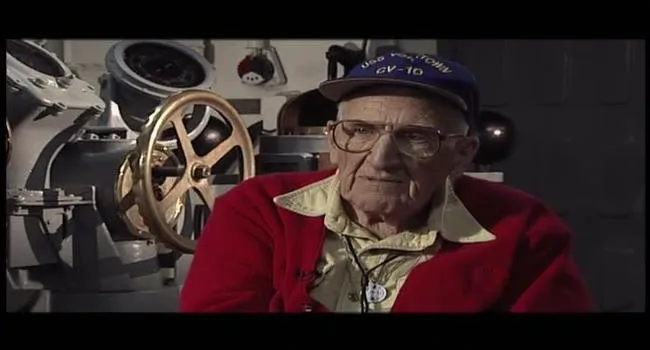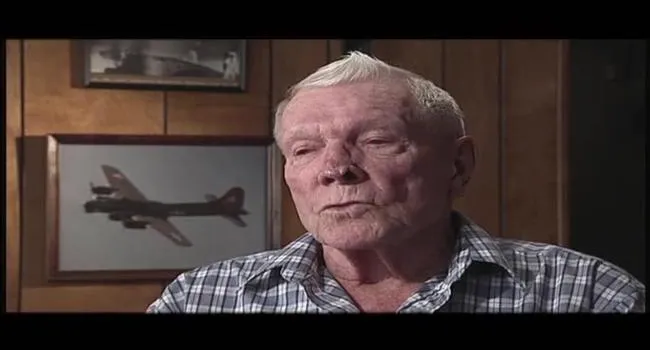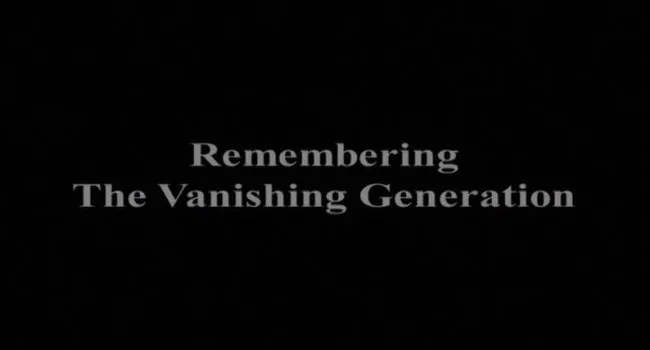Veterans of World War II reflect on whether they should be considered heroes or not. One says he happened to be over there, and he volunteered to go to Hawaii, but they didn't know the war would come along like it did or they wouldn't have volunteered. One says he didn't do anything heroic, just did what he was told to do. He is not too sympathetic with the idea of "the greatest generation." It's something that came along and we had to do it, so why take credit? One expresses that they earned this, it just wasn't a gift, and they put their lives on the line, and some didn't come back, but those who did should be appreciated. One says that the heroes are the ones who are buried under the white crosses and that any who survived were just lucky. One says that the younger generation does not understand World War II, and that there is no way to explain combat. One says he is not a coward, but he is not the hero that those on Okinawa and those who died are, and that some of our finest people today are being killed. One says he is no hero, but he is a survivor and robbed death so many times in combat, was delivered from starvation and came out alive, which is still hard for him to believe.
Standards
- 5.3 Demonstrate an understanding of the economic, political, and social effects of World War II, the Holocaust, and their aftermath (i.e., 1930–1950) on the United States and South Carolina.
- 8.5.CO Compare South Carolina and U.S. wartime contributions and demobilization after World War II.
- USHC.4.CC Examine the continuity and changes on the U.S. homefront surrounding World War I and World War II.
Resources
You need to be logged in to listen to view this content. Create an account now; it's quick, easy, and free!
Log In to View